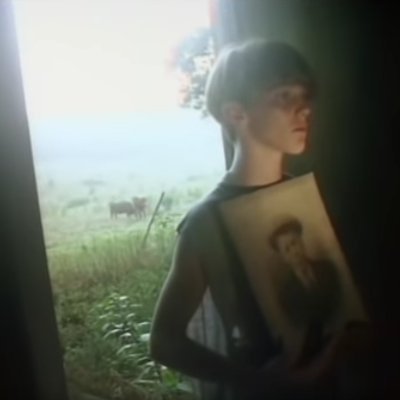
@ProfData
Fellow at Alan Turing Institute and ; Professor of Cognitive and Decision Sciences, University College London. CCN,CogSci. @profdata at the other one

@ProfData
Fellow at Alan Turing Institute and ; Professor of Cognitive and Decision Sciences, University College London. CCN,CogSci. @profdata at the other one